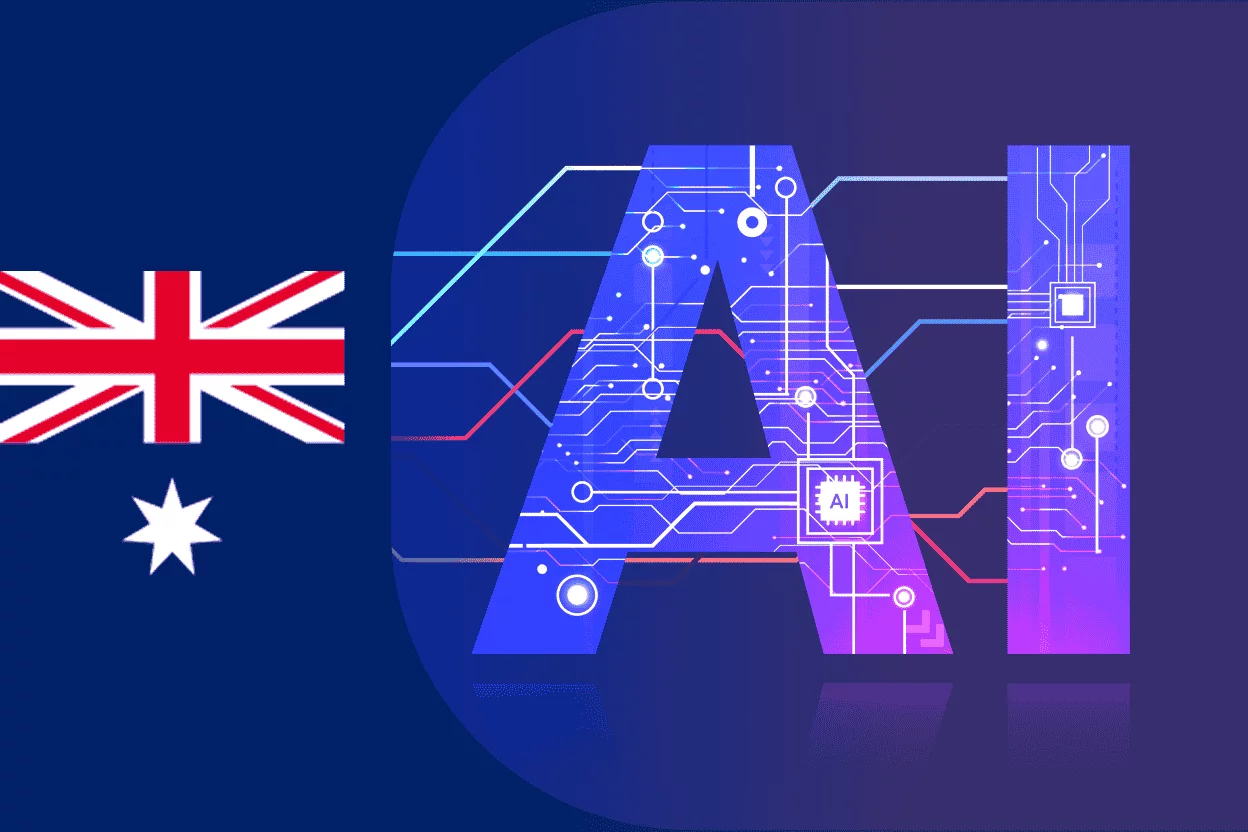With the mushrooming of new technologies and innovations, building and delivering enterprise software has also changed significantly.
In the last decade, there were dedicated servers for a particular application or a group of applications. But today, these applications are hosted on the cloud. Computational power, storage capabilities, and performance have increased many folds due to the cloud.
The global market size of cloud computing is expected to a new high of USD 832 billion in 2025 from USD 371 billion in 2020 with a 17.5% forecasted annual growth rate. SaaS (Software As a service) alone has grown from 2% of the enterprise software market in 2009 to 23% in 2020. 77% of the enterprises are on legacy or on-premise systems. Current pandemic scenarios have indicated an acceleration in the shifting of enterprise software to the cloud.
Here are 4 emerging trends that will change developing and delivering enterprise software for this decade.
1. Reinventing everything to ‘As a Code ’
Earlier, we used to depend on automation and configuration tools such as scripts and schedulers to manage and coordinate the workflow between various systems and services. These tools work in a sequential fashion that lacks real versioning and requires regular DevOps intervention to keep running.
Now, companies are building more dynamic, complex, interoperable infrastructures using the cloud. We could see the ‘-aaS’ version of almost everything from application to database, from the platform, infrastructures to virtualization layers. Modern architecture has made it possible to connect many services seamlessly.
The laborious and time-consuming task of repetition is replaced by programmatic workflows where even infrastructures are written as code and owned by developers. These methodologies would free up essential human resources and would help in reassign them to other tasks.
New open-source projects are coming on the frontline with new ways of building, managing and operating every layer required in software development. HashiCorp and BridgeCrew are two companies aiming to provide tools to secure, run, and connect cloud-computing infrastructure.
2. Wave Goodbye to the DevOps engineer
DevOps has been a transformational approach to old conventional waterfall builds, working in silos. It has led to innovations with faster, more scalable software delivery.
The main idea behind DevOps was to bring developers and operations together. So that any changes made in infrastructure were released as code and could be used by any developer. But this approach has turned into a role now known as DevOps engineer. They are majorly accountable for continuous running of the infrastructure, setting up new clusters, environments, or pipelines. Making new infrastructure means an increase in the number of DevOps engineers. It is a widening division between developers and operations.
This is about to change. The DevOps will be a way of bringing building and delivering the software together. Just like the QA role is accommodated by the developers as functional. The same will happen with DevOps. In a budget and resource-constrained organization, everyone will be responsible for developing, pushing code, and creating robust software. The definition of these roles will be redefined.
As a result, only developers will be found. There will be
- Application developers: One who is responsible for building and monitoring applications and new services.
- Infrastructure developers: One who will deploy and monitor new infrastructure.
- Data developers: One who will create and monitor data flows.
It will allow developers to leverage infrastructure as code and manage operations as its features. DevOps will be established by an infrastructure engineer who will build infrastructure through code.
3. Involvement of the Virtual private cloud as-a-Service
One of the major challenges enterprises face is services on public clouds are multitenant in nature. It means only one instance runs on a server and serves multiple tenants. With ever-increasing data, it aggravates the problems of data leakage and security concerns. So enterprises are moving towards hybrid clouds.
Virtual private cloud (VPC) has risen as an alternative to meeting data security and performance issue any enterprise faces. Virtual private cloud is a private cloud hosted within a public cloud. In this way, the enterprise can take advantage of both public cloud benefits of on-demand infrastructure, reduced operational costs, and of private cloud maintaining data, resources, and network isolation.
VPC comes with its own sets of disadvantages. They don’t offer all the features or capabilities of a regular cloud. Since it has an isolated instance and base, monitoring and uptime of different instances are not the same that often leads to slower resolution times.
Cloud service providers are providing VPC-as-a-Service. Enterprise can take advantage of both public and private cloud. These services offer network isolation, access management, customized SSO/SAML, and encryption. They are reliable, scalable, and ultra-secure. MongoDB’s Atlas has laid the foundation stone of enterprise-friendly reference architecture.
4. Open Source Infrastructure Communities
In the past 10 years, we have seen a reinvention of data, runtime, middleware, OS, and virtualization layers. Open-source companies have catalyzed new methods and approaches. MongoDB, HashiCorp, Puppet Labs, and Cockroach Labs are some of the open-source communities.
As the cloud evolves, so do the reference architectures. In the coming time, we will see a new wave of migration of legacy and on-premise systems that are less scalable, robust in nature.
These migrations will keep a sharp eye on the infrastructure, storage, data flow, and network with IaaS and Paas. These services are likely to reinvent Oracle, SAS, SAP & IBM. IaaS & PaaS will become the fastest-growing component of the cloud.
Enterprise will mix and match between the services, lowering the cost of ownership. These services are environment-adaptable and are written as code. Open Source projects will empower the infrastructure for the next generation of enterprise software.
In A Nutshell
Open Source Companies like MongoDB, Hashicorp are just scratching the surface of these emerging trends. As the globally giant companies began to increase spending on the cloud, a new generation of companies that modernize the way software is delivered will emerge. Programmatic infrastructures will replace a complex multi and hybrid cloud. These infrastructures are built by developers rather than DevOps engineers. Such architecture won’t require manual correction and constant operator intervention.
Welcomes these trends and adapt to them to grow more.
Now it is not about delivering software anymore, it is about delighting customers.
Let’s Build Digital Excellence Together










